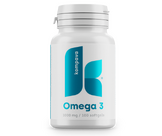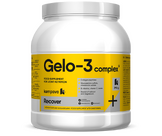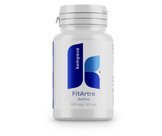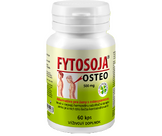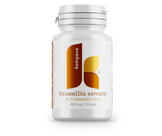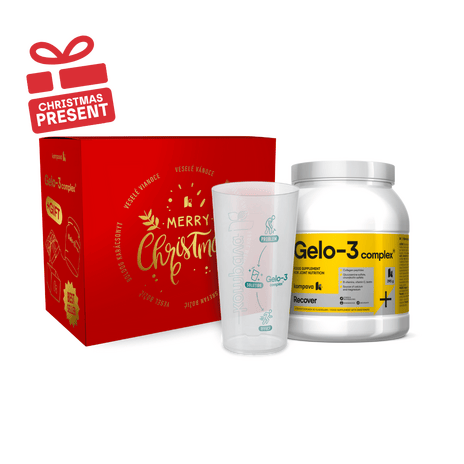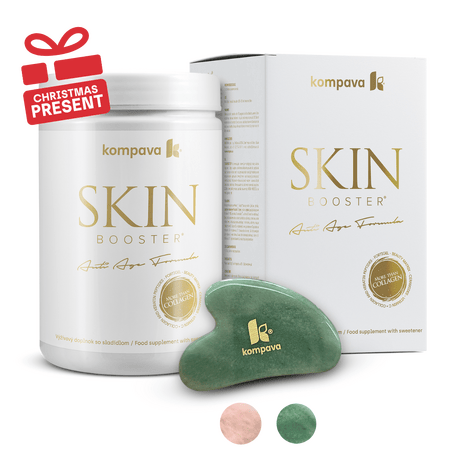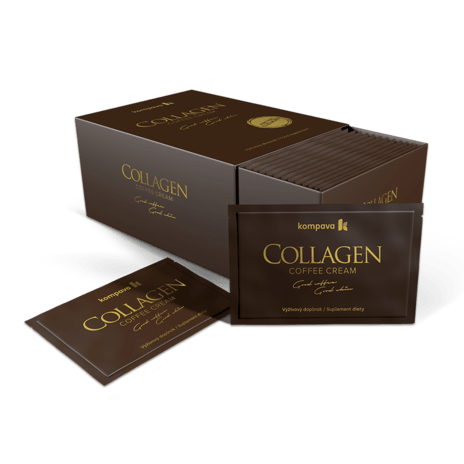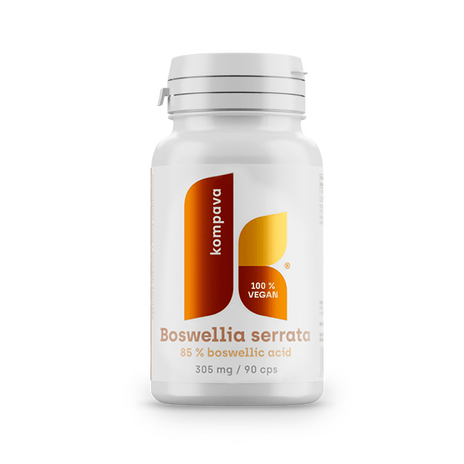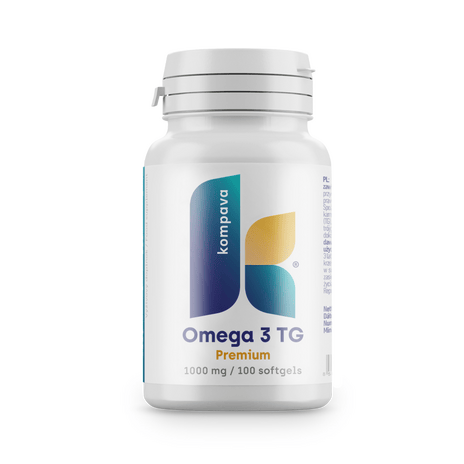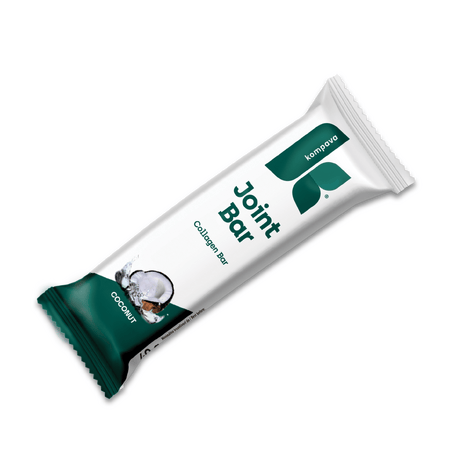Joints / Bones / Muscles
Do not wait until your joints start to ache. Joint health is crucial for free and seamless movement. Nutritional support and care for your joints are invaluable pillars in your mobility and activity. To maintain their health and functionality, it might be time to consider starting to take joint nutritional supplements. Collagen serves you best in this regard. It is an excellent aid for joint and cartilage issues because it helps reduce pain and improve mobility. Have you experienced a healed fracture or any previous injuries? Even in this case, collagen for joints could be beneficial for you.
Human bone mass development goes through several stages in life:
- Bone mass growth (20 - 25 years)
- Peak bone mass (25 - 30 years)
- Loss of bone mass
- Aging leading to osteoporosis.
Collagen is a crucial component in joint cartilage and tissues. Supplementation may help alleviate joint pain and support mobility. This is particularly crucial for individuals with joint diseases such as osteoporosis. Although your body can produce it, its production diminishes with age or excessive strain over one's lifetime. Considering regular and long-term supplementation through nutritional supplements is advisable.
What besides collagen benefits joint health?
- Glucosamine sulfate and chondroitin sulfate, these two aid in joint cartilage regeneration and shield it from wear and tear. Chondroitin, found in cartilage, contributes to its elasticity. An important role of Chondroitin is to prevent enzymes from working that could damage the cartilage. Together with glucosamine, they prevent cartilage deterioration.
- Vitamin C supports collagen production in the body, contributing to proper bone, cartilage, and skin function.
- Calcium and magnesium in organic form – they are crucial for maintaining good bone health.
If you suffer from issues with the musculoskeletal system (swelling, stiffness, signs of osteoarthritis) or if you are subjecting your joints to excessive strain (athletes, labor-intensive workers, overweight people), consider a nutritional supplement containing Boswellia serrata resin extract. This supplement offers a balanced combination of substances supporting the musculoskeletal system and proper joint function.
However, do not underestimate the significance of vitamin D. It is crucial for joint and bone health as it aids in the absorption of calcium and phosphorus in the body, essential for proper bone and joint function.
